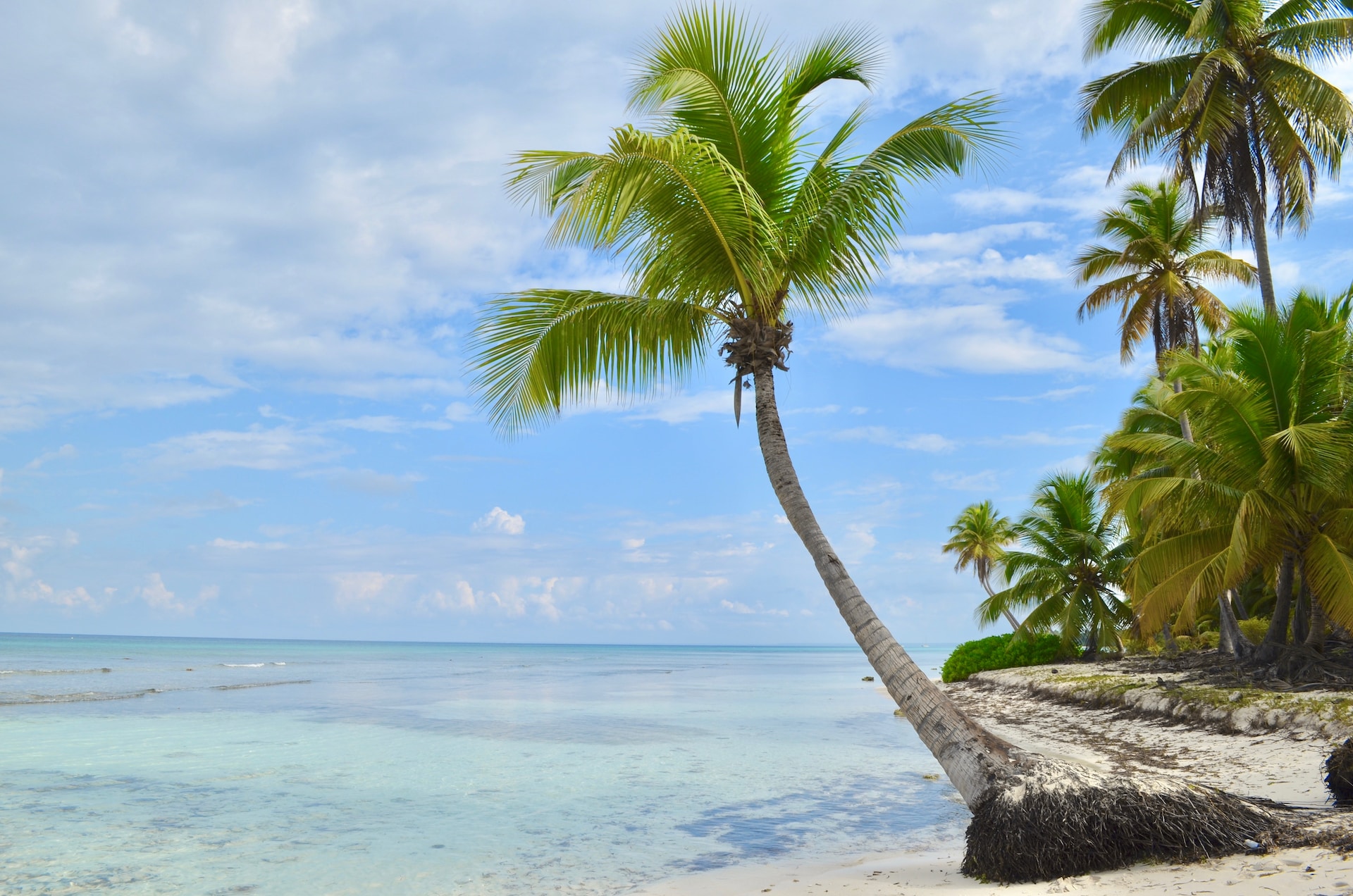Unveiling the Distinctions: Coconut Trees vs. Palm Trees

Coconut trees and palm trees are often used interchangeably to describe tropical trees, but did you know they have distinct differences? In this comprehensive article, we delve into the contrasting characteristics, growth patterns, and cultural significance of coconut trees and palm trees.
Join us at factober.com for a fascinating exploration of nature’s diversity. Share this article and visit factober.com to expand your knowledge with engaging and informative content.
Coconut trees and palm trees are both iconic symbols of tropical landscapes, conjuring images of sandy beaches and swaying fronds. While they belong to the same botanical family (Arecaceae), there are significant differences between the two.
In this article, we will unravel the distinctions between coconut trees and palm trees, shedding light on their unique features, growth habits, and cultural importance.
Identification and Morphology
Coconut trees (Cocos nucifera) are easily recognized by their tall stature, slender trunks, and large, feathery fronds. They produce coconuts, which are drupes consisting of a hard shell, fibrous husk, and nutritious coconut water and flesh.
Palm trees, on the other hand, encompass a diverse range of species, each with its own unique characteristics. They vary in size, leaf shape, and trunk appearance, and produce a variety of fruits like dates, coconuts, and palm fruits.
Growth Habits and Habitat
Coconut trees are primarily found in coastal regions, thriving in sandy soils and saline conditions. They have a preference for tropical climates and require ample sunlight, warmth, and moisture.
Palm trees, on the other hand, exhibit a wider distribution and can be found in diverse habitats, including deserts, rainforests, and even colder regions. They showcase adaptability to different environmental conditions and are known for their resilience.
Economic and Cultural Significance
Coconut trees hold immense economic importance, as they provide a range of valuable products, including coconut water, oil, milk, and fiber. The versatility of coconuts makes them a vital resource in many tropical economies.
Furthermore, coconut trees hold cultural significance in numerous societies, with various rituals, traditions, and ceremonies associated with them. Palm trees, too, have cultural significance in different regions, particularly in the production of date fruits and the utilization of palm leaves for crafts and thatching.
Fruit Characteristics and Uses
Coconut trees are renowned for their coconuts, which have multiple uses in the culinary, cosmetic, and medicinal industries. The coconut flesh is utilized in cooking, while the water is consumed as a refreshing beverage.
The oil extracted from coconuts is widely used in cooking and skincare products. Palm trees, depending on the species, produce a variety of fruits with distinct flavors and uses. Dates, for example, are a staple in Middle Eastern cuisine, while palm fruits are used in the production of palm oil.
Ornamental and Landscape Value
Both coconut trees and palm trees are popular choices for landscaping and ornamental purposes. The graceful appearance and tropical ambiance they lend to gardens and resorts make them sought-after choices for creating an exotic atmosphere. Their iconic silhouette and lush foliage make them visually appealing additions to any landscape design.
Join us at factober.com to dive deeper into the world of botanical wonders and explore a wide range of fascinating articles. Share this article and visit factober.com to discover more captivating content on various topics. Register at factober.com to stay updated with the latest articles and embark on a journey of knowledge and discovery.
While coconut trees and palm trees share some similarities as members of the Arecaceae family, their distinct features, growth habits, and cultural significance set them apart. By understanding the differences between these iconic trees, we gain a deeper appreciation for their diverse characteristics and the roles they play in different environments and societies. Visit factober.com to unlock a wealth of intriguing information and enhance your understanding of the natural world.





